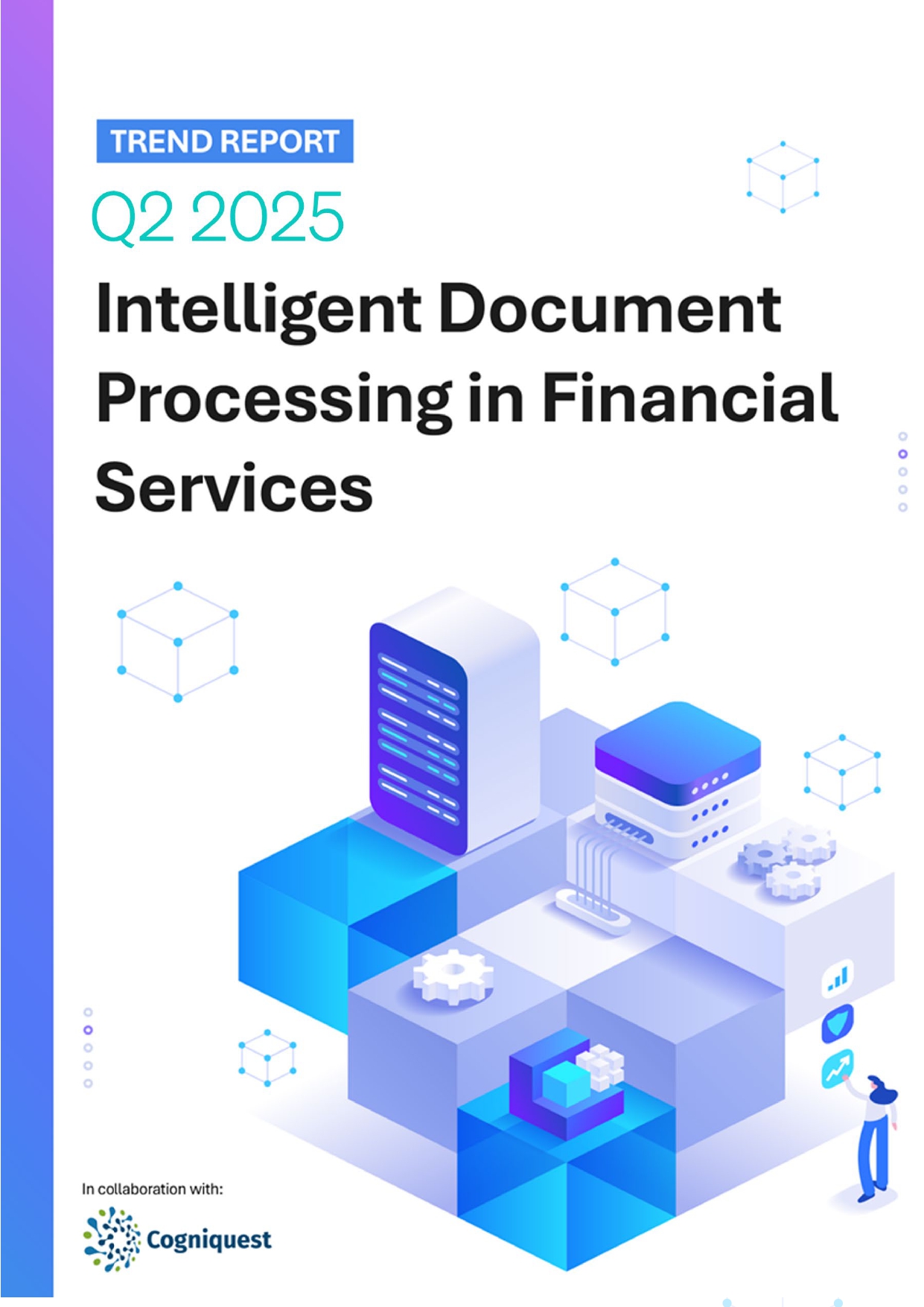 Back
Back
Bridging the Gap: the crucial role of last mile data integration in financial services
Financial firms worldwide are striving to achieve last mile data integration, a process that seamlessly integrates data into business workflows and puts it at the disposal of business users. The goal is to eliminate the need to search through databases or data warehouses for required data, allowing easy access for reporting and financial models, and enabling better decision-making.
By Martijn Groot, VP Marketing and Strategy, Alveo

Financial services firms spend material amounts on acquiring and warehousing data sets from enterprise data providers, ESG data companies, rating agencies and index data businesses.
However, when this data is not readily available to business users or applications where it impacts decisions those investments will not deliver the return they should be. For many financial services businesses, last mile data integration represents a missing link in ensuring they are optimising the value they obtain from data. The volume of data they need is continuously growing and the bills they face for acquiring it are therefore going up in tandem.
Activating data assets
Ultimately, firms will not get the best out of their investment in data, if they don’t have a way, first, to verify it, and second, to land it into the hands of their users or enable users to self-serve. If the data is conversely, still sitting in a database that is hard to get to, or needs skills to access, then the business will not achieve maximum value from it.
That in a nutshell is why last mile data integration is so important to them. Achieving it does however come with challenges. Organisations must establish efficient data onboarding processes and transform data sets to meet diverse technical requirements common in their applications landscape. Additionally, maintaining high service levels and responsiveness to requests for new data to be onboarded is vital to build trust and keep business users engaged.
So how can all this best be achieved? The key is efficient data management. To use an analogy, financial data management can be seen in the context of the human body, with the need to manage data flows analogous with the circulation of blood through the arteries. Data gushes in from internal and external sources.
It needs to be cleaned and a process of data derivation and quality measurement applied and then we see the end result in the form of validated and approved data sets. The overall flow often stops at that point for financial services organisations. But such an approach is incomplete in that it actually ignores last mile data integration. Data may be flowing through the arteries of the organisation but it is not reaching the veins, and capillaries.
That’s where the key step of distribution comes in. This not only enables easier access to the data in whatever format required by lines of business within the organisation but also to set up exports or extracts of relevant data in predefined views or formats that then flow easily into business applications.
Maximizing data ROI
Financial sector organisations understand the need to do this but often they end up doing it in a way that involves a lot of ad hoc manual maintenance at the individual desktop level, which means that process get out of sync; data becomes stale and there is the danger of duplication. All this inevitably ends up impacting the quality of decision-making also.
Effective last mile data integration is an automated process that involves identifying relevant data sources, mapping and cleaning the data and then transforming and loading it into the target system and using data quality and consumption information in a feedback loop. The key to this process is making it easy for the specific business user. It is about understanding the kinds of taxonomies and nomenclature the user is expecting and then being able to mould, build and shape the data being presented in a way that best suits that user.
Financial services firms that get all this right will be well placed to unlock the full potential of their investment in data and maximise the ROI on the data they purchase. Ultimately, by delivering on this process and verifying and making data readily available to users, organisations will put themselves in the best possible position to make informed decisions, streamline operations, and position themselves for ongoing success.
IBSi News

July 03, 2025
Automation
PayGlocal taps Banking Circle to simplify international payment collections
Read MoreGet the IBSi FinTech Journal India Edition
- Insightful Financial Technology News Analysis
- Leadership Interviews from the Indian FinTech Ecosystem
- Expert Perspectives from the Executive Team
- Snapshots of Industry Deals, Events & Insights
- An India FinTech Case Study
- Monthly issues of the iconic global IBSi FinTech Journal
- Attend a webinar hosted by the magazine once during your subscription period
₹200 ₹99*/month
* Discounted Offer for a Limited Period on a 12-month Subscription
IBSi FinTech Journal

- Most trusted FinTech journal since 1991
- Digital monthly issue
- 60+ pages of research, analysis, interviews, opinions, and rankings
- Global coverage
Other Related Blogs
June 27, 2025
Intelligent payment orchestration – why 2025 is an inflection point for banks in Europe
Read MoreRelated Reports

Sales League Table Report 2025
Know More
Global Digital Banking Vendor & Landscape Report Q2 2025
Know More
NextGen WealthTech: The Trends To Shape The Future Q4 2023
Know More
Intelligent Document Processing in Financial Services Q2 2025
Know More
